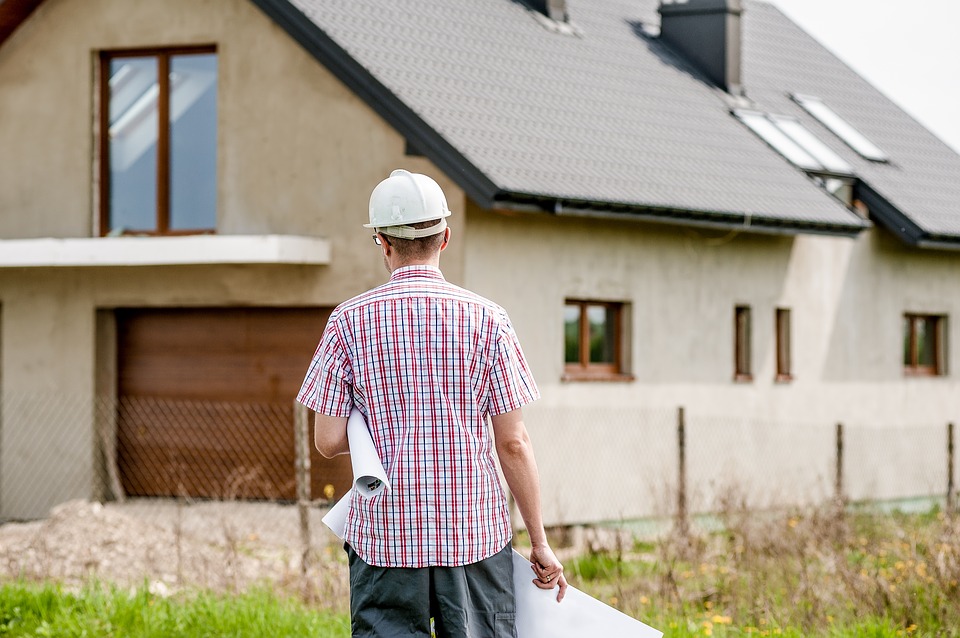Construction output falls in monthly and quarterly terms

UK construction output decreased by 1.3% in the final quarter of 2023 and 0.5% in December last year, according to official figures.
The latest figures from the Office for National Statistics (ONS) found that quarterly construction output saw a decrease of 1.3% in Quarter 4 (Oct to Dec) 2023 compared with Quarter 3 (July to Sept) 2023. This came solely from a decrease in new work (5.0% fall), as repair and maintenance increased by 4.0%.
Monthly construction output is estimated to have decreased 0.5% in volume terms in December 2023. This came solely from a decrease in new work (1.1% fall), as repair and maintenance increased 0.4% on the month.
At the sector level, three out of the nine sectors saw a fall in December 2023, with the main contributors to the monthly decrease seen in infrastructure new work, and private housing repair and maintenance, which decreased 6.4% and 1.1%, respectively.
Annual construction output increased by 2.0% in 2023 compared with 2022; this is the third consecutive year of annual growth.
Total construction new orders decreased 13.1% (£1,361 million) in Quarter 4 2023 compared with Quarter 3 2023; this quarterly fall came mainly from the private commercial and industrial sectors, which decreased 18.1 % (£542m) and 27.6% (£320m), respectively.
The annual rate of construction output price growth was 3.1% in the 12 months to December 2023; this has slowed from the record annual price growth in May 2022 and June 2022 (10.7%).
Clive Docwra, managing director of property and construction consultancy McBains, said: “Today’s figures represent a serious blow for the construction industry, coming off the back of two previous months of falling output.
“It’s now crunch time for the sector with the UK economy entering recession in the final quarter of last year.
“In recent months a fall in new house building has been a big factor in the decrease in growth, but today’s figures show new infrastructure work – which for a long while has propped up the sector – also drying up.
“While interest rates remain high and the economic picture continues to be unpredictable, we expect the overall outlook for 2024 to be one of uncertainty.
“The hope is that next month’s Budget statement by the Chancellor includes some measures to provide some impetus to the sector.”
Michael Wynne, director of the sustainable housebuilder Q New Homes, added: “Demand for residential construction projects remains fragile, and levels of work continue to slide – even if the rate of decline is easing.
“While the falling cost of mortgages since the start of 2024 has encouraged many would-be buyers who sat out 2023 to restart their search for a new home, this has yet to feed through to the construction front line.
“Residential property developers, who typically look ahead 18 to 24 months in their business planning, still face high material, labour and borrowing costs, and only the leanest and best integrated are able to commit to a full pipeline of projects.
“Nevertheless there is a growing sense that the worst might be past, and this is gradually lifting sentiment.
“Election years tend to bring uncertainty and this has traditionally throttled back demand, but 2024 comes after an extended period of stagnation – and while the recessionary backdrop is far from rosy, cheaper mortgages and the release of pent-up buyer demand should give housebuilders a much-needed shot in the arm over coming months.”





















